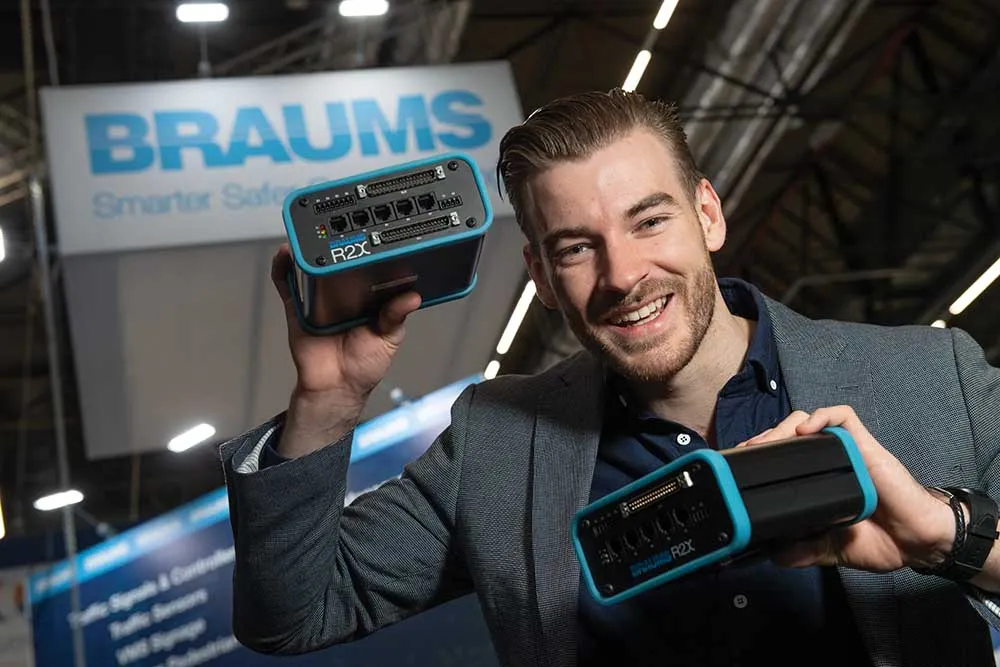MOXA has announced that its ioLogik E2000 Active Ethernet I/O servers are compatible with NI LabVIEW 8. Active ethernet I/O is a powerful new concept in remote data acquisition where I/O events trigger customised messages that are instantly sent to host computers. Active Ethernet I/O supports traditional Modbus/TCP for maximum compatibility with existing applications.
March 12, 2012
Read time: 1 min
As MOXA points out, whereas I/O servers are traditionally passive and must be polled for data, the Active Ethernet I/O server reports and controls I/O status based on user-specified conditions. This report-by-exception approach, new to PC-based I/O monitoring, is claimed to require far less bandwidth than traditional polling methods. Critical sensor data can be obtained immediately instead of being subject to polling intervals.









